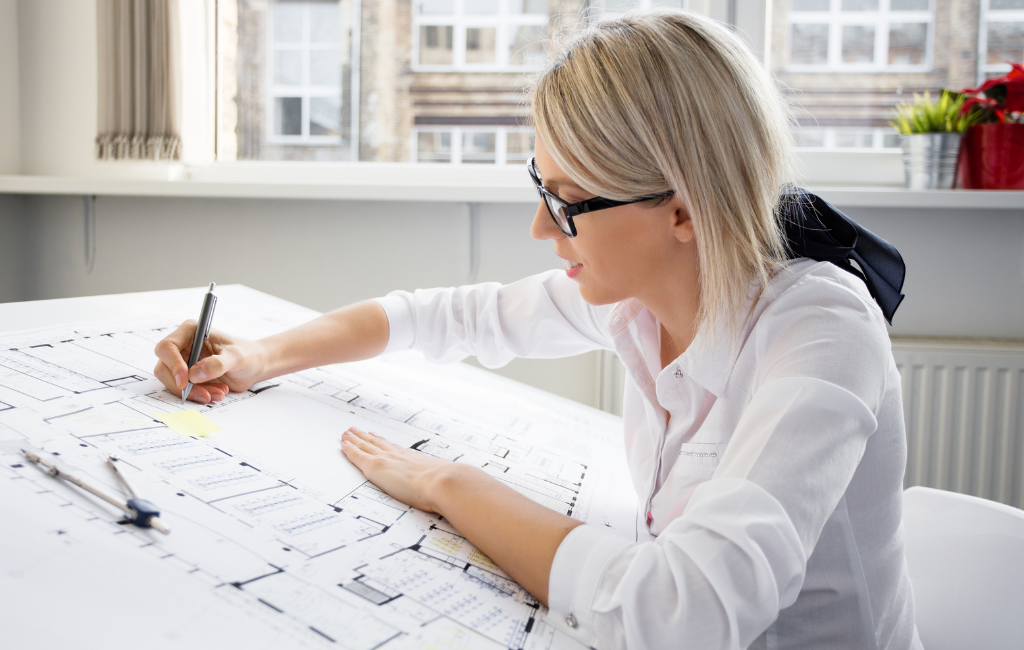Architect: Designing

Architect: Designing Innovative Solutions for Modern Spaces
In the ever-evolving field of architecture, the role of an architect extends beyond mere construction. Architects are visionaries who blend creativity with functionality to create spaces that meet the demands of modern living. This article explores how architects design innovative solutions for contemporary spaces, highlighting key trends, case studies, and the impact of technology.
The Role of an Architect in Modern Society
Architects play a pivotal role in shaping the built environment. They are responsible for designing buildings and spaces that are not only aesthetically pleasing but also functional and sustainable. Their work impacts various aspects of daily life, from residential homes to commercial buildings and public spaces.
Key Responsibilities
- Conceptualizing and designing building plans
- Ensuring compliance with safety and regulatory standards
- Collaborating with engineers, contractors, and clients
- Incorporating sustainable practices and materials
- Utilizing technology for design and project management
Trends in Modern Architecture
Modern architecture is characterized by several key trends that reflect the changing needs and preferences of society. These trends include sustainability, smart technology, and adaptive reuse.
Sustainability
Sustainable architecture focuses on minimizing the environmental impact of buildings. This includes using eco-friendly materials, incorporating energy-efficient systems, and designing for longevity. According to the World Green Building Council, green buildings can reduce energy consumption by up to 30% and water usage by up to 50%.
Smart Technology
The integration of smart technology in architecture has revolutionized the way buildings are designed and operated. Smart buildings use sensors, automation, and data analytics to optimize energy use, enhance security, and improve occupant comfort. A report by MarketsandMarkets predicts that the smart building market will grow from $60.7 billion in 2020 to $105.8 billion by 2025.
Adaptive Reuse
Adaptive reuse involves repurposing existing structures for new uses. This trend is gaining popularity as it preserves historical buildings and reduces the need for new construction. Examples include converting old factories into loft apartments or transforming warehouses into office spaces.
Case Studies of Innovative Architectural Solutions
Several projects around the world exemplify innovative architectural solutions that address modern challenges. These case studies highlight the creativity and ingenuity of architects in designing spaces that are both functional and inspiring.
The Edge, Amsterdam
The Edge in Amsterdam is often cited as one of the smartest buildings in the world. Designed by PLP Architecture, this office building features a range of smart technologies, including a connected lighting system that uses sensors to adjust lighting based on occupancy and natural light levels. The building also incorporates sustainable design elements, such as solar panels and rainwater harvesting systems.
High Line, New York City
The High Line is a prime example of adaptive reuse. This elevated park was created from a disused railway line in Manhattan. Designed by James Corner Field Operations and Diller Scofidio + Renfro, the High Line has become a popular public space that combines green areas with urban infrastructure. It has also spurred economic development in the surrounding neighborhoods.
One Central Park, Sydney
One Central Park in Sydney is a mixed-use development that showcases innovative green architecture. Designed by Jean Nouvel and PTW Architects, the building features vertical gardens that cover its façade, providing natural insulation and improving air quality. The development also includes a heliostat system that reflects sunlight into shaded areas, enhancing natural light within the building.
The Impact of Technology on Architectural Design
Technology has had a profound impact on architectural design, enabling architects to push the boundaries of what is possible. From computer-aided design (CAD) software to virtual reality (VR), technology has transformed the way architects conceptualize and execute their projects.
Building Information Modeling (BIM)
BIM is a digital representation of the physical and functional characteristics of a building. It allows architects to create detailed 3D models that can be used for planning, design, construction, and management. BIM improves collaboration among stakeholders and reduces errors and rework.
Virtual Reality (VR) and Augmented Reality (AR)
VR and AR technologies provide immersive experiences that allow architects and clients to visualize designs before they are built. VR can create realistic walkthroughs of a building, while AR can overlay digital information onto the physical environment. These technologies enhance communication and decision-making during the design process.
Parametric Design
Parametric design uses algorithms to generate complex forms and structures. This approach allows architects to explore a wide range of design possibilities and optimize their solutions based on specific criteria. Parametric design has been used in iconic projects such as the Beijing National Stadium, also known as the Bird’s Nest.
Conclusion
Architects are at the forefront of designing innovative solutions for modern spaces. By embracing trends such as sustainability, smart technology, and adaptive reuse, they create buildings that meet the evolving needs of society. Case studies like The Edge, the High Line, and One Central Park demonstrate the potential of innovative architectural design. Technology continues to play a significant role in shaping the future of architecture, enabling architects to push the boundaries of creativity and functionality. As we look to the future, the work of architects will remain integral to creating spaces that enhance our quality of life.